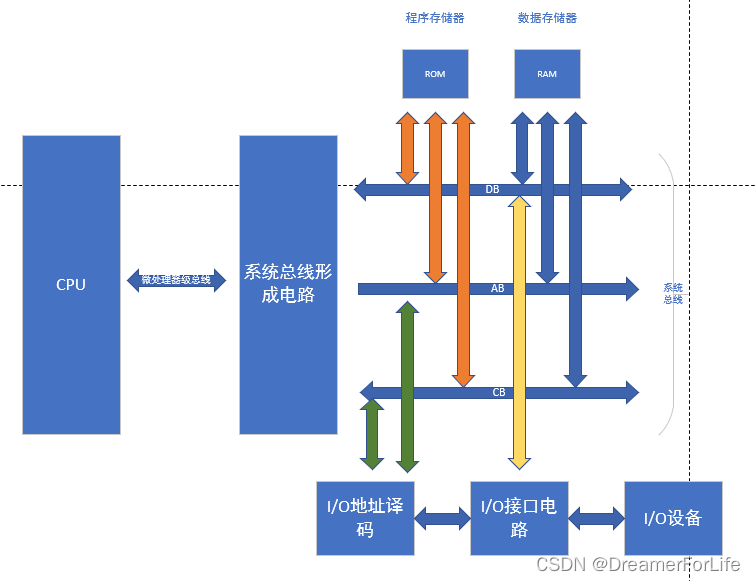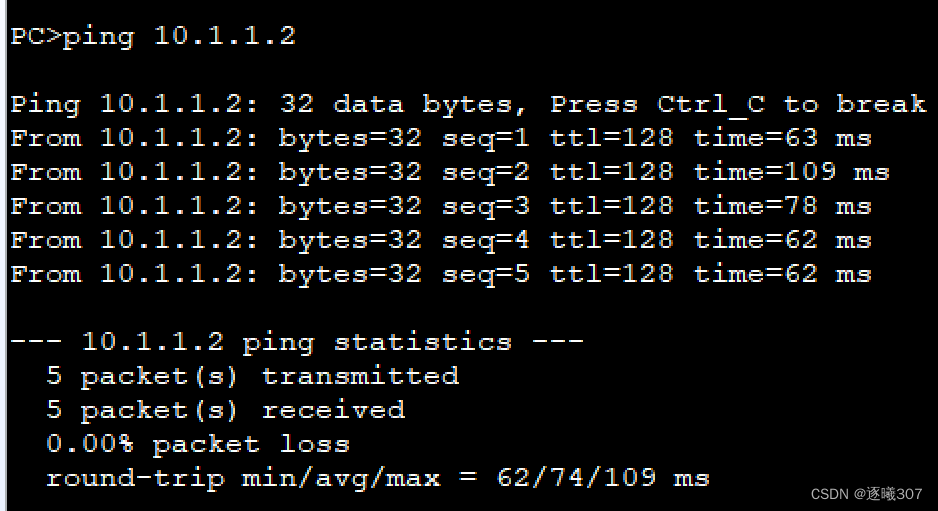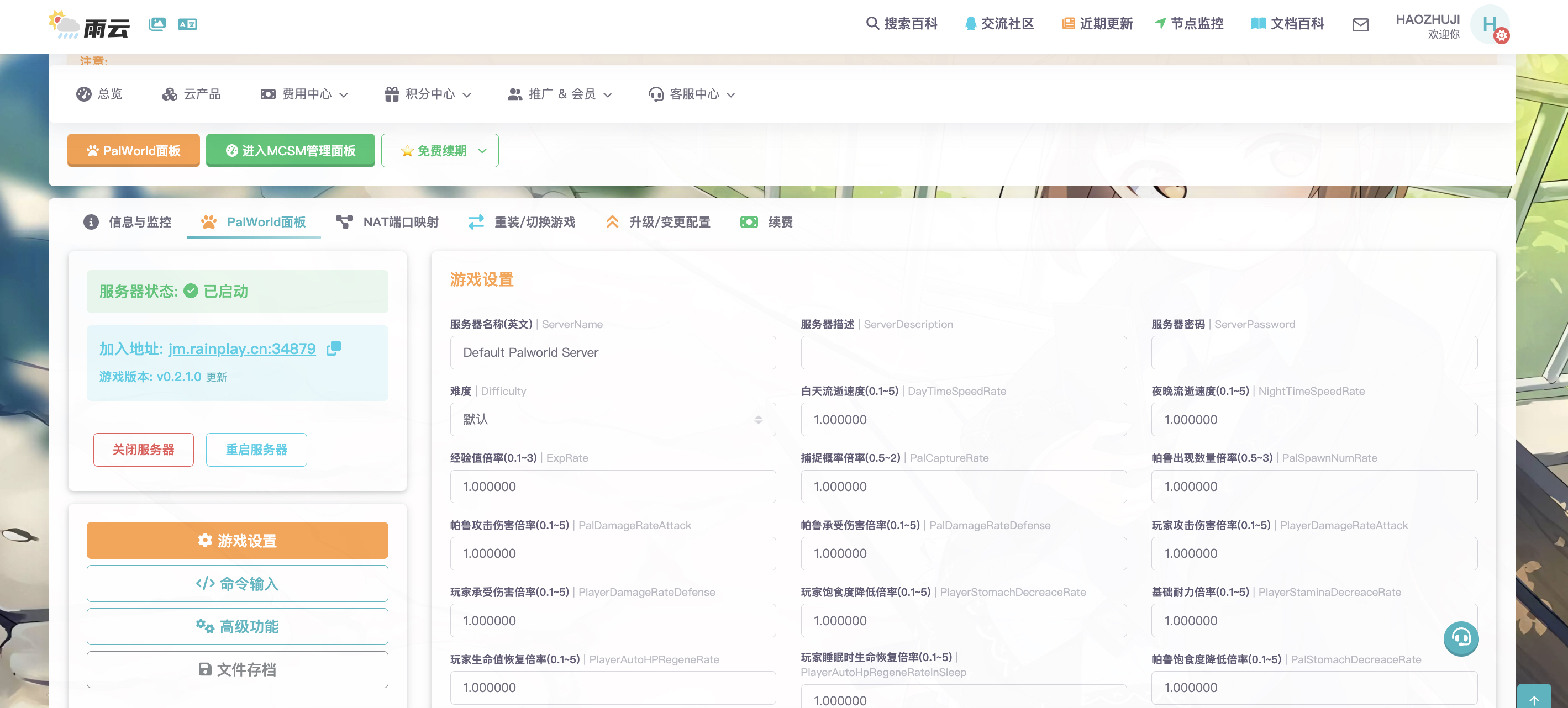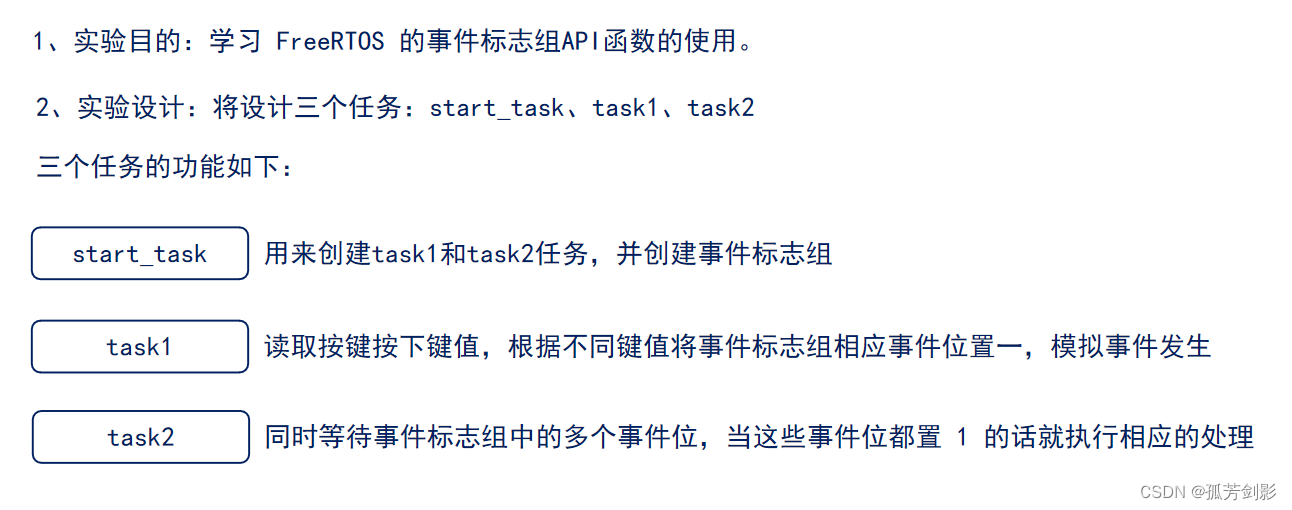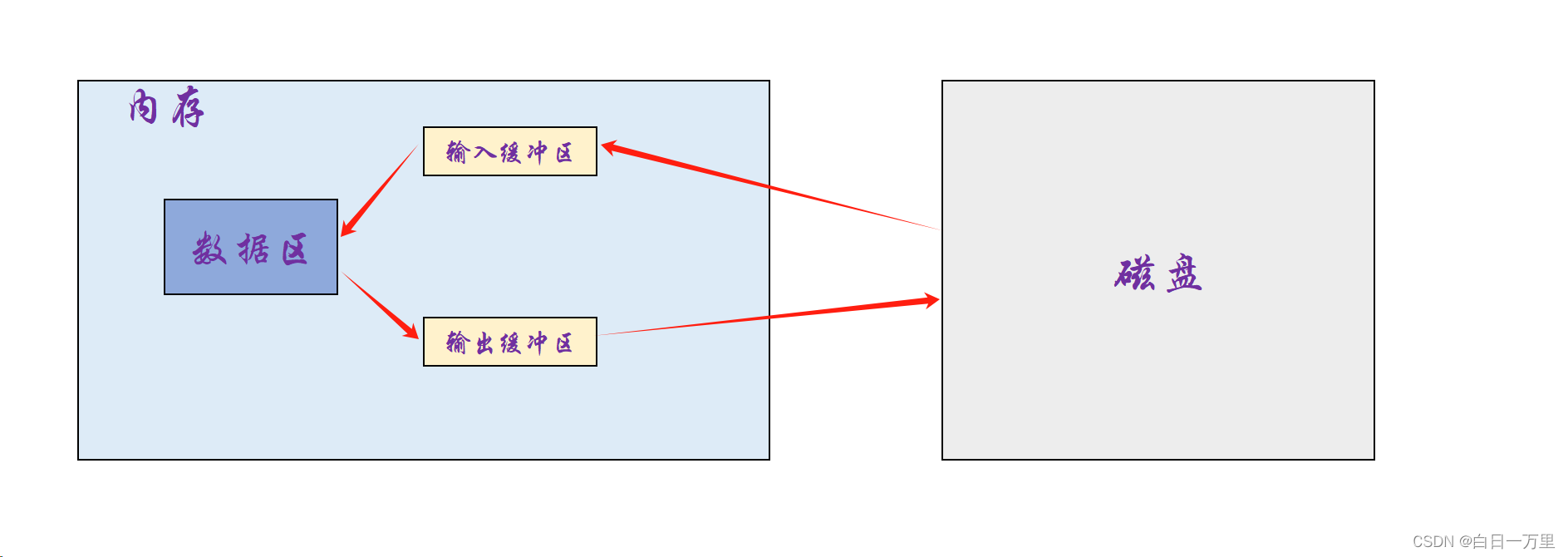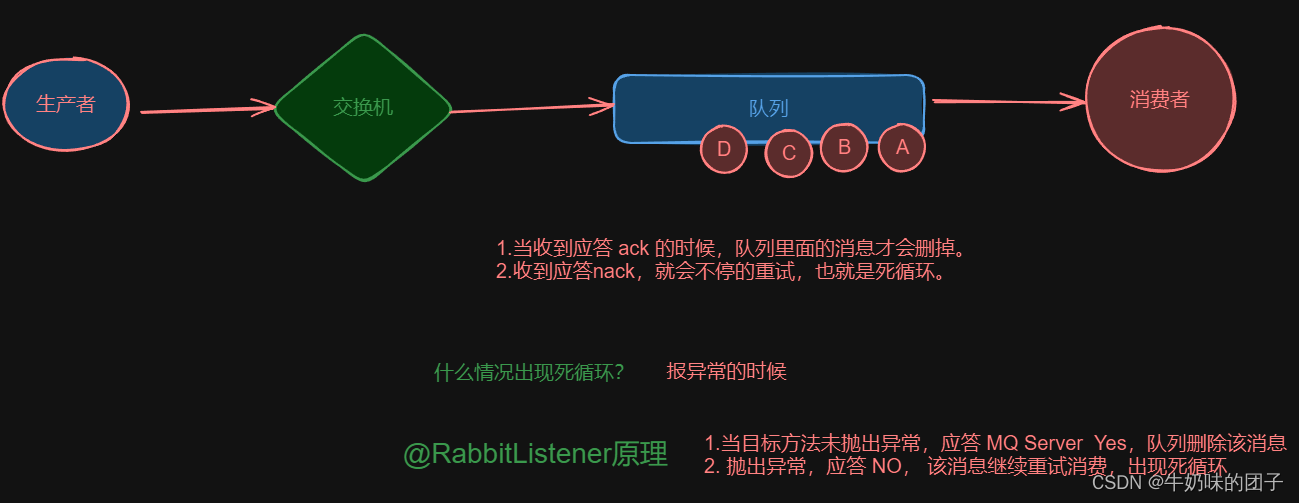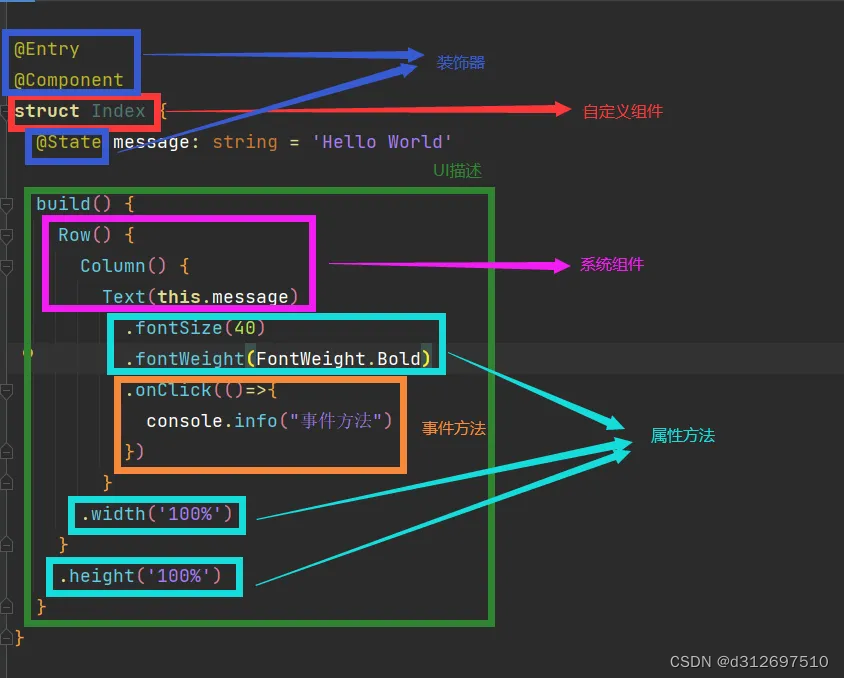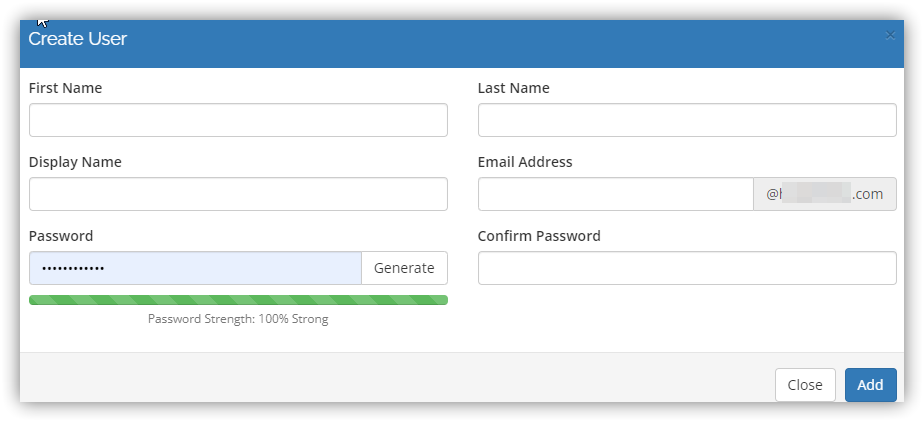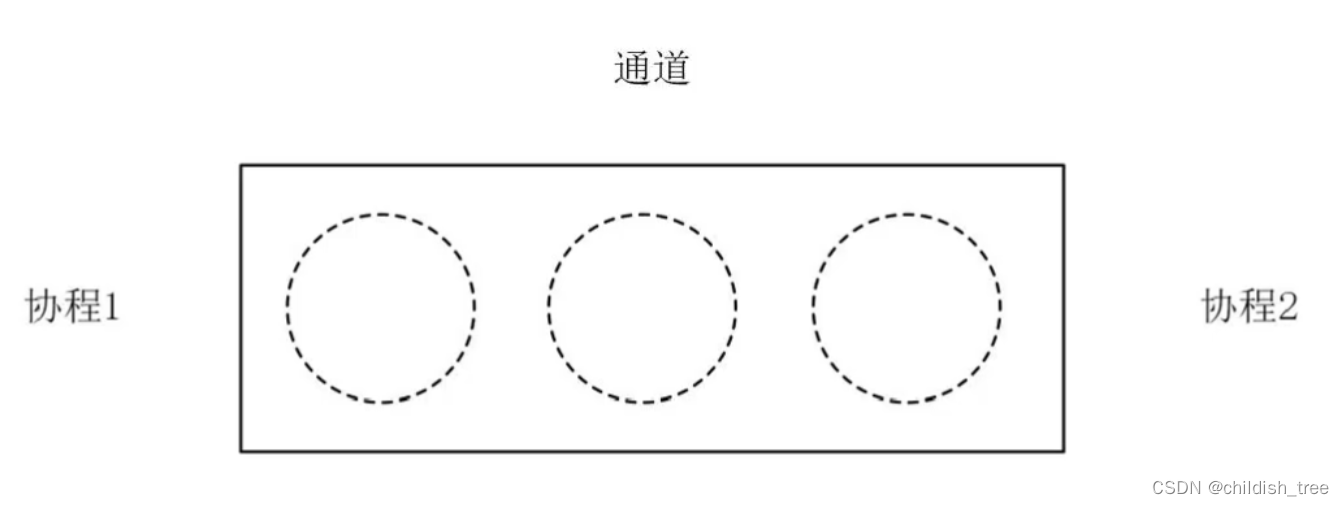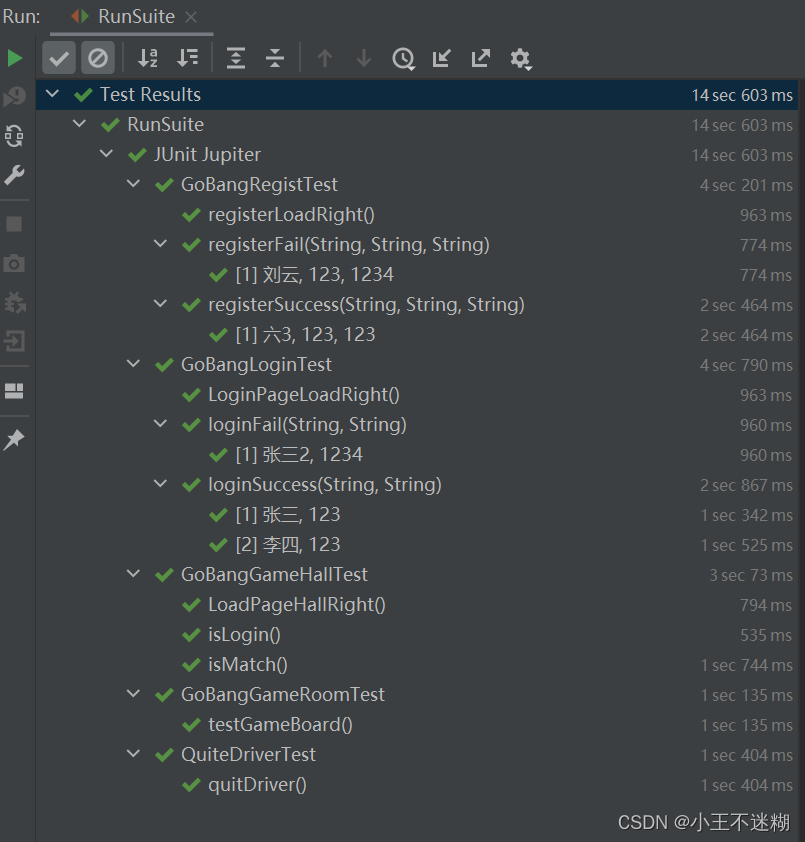本文基于OkHttp4.12.0源码分析 官方地址
概括
本篇主要是对okhttp开源库的一个详细解析,包含详细的请求流程分析、各大拦截器的解读等。
使用方法
同步请求:创建一个OKHttpClient对象,一个Request对象,然后利用它们创建一个Call对象,最后调用execute()方法来拿到Response
val client = OkHttpClient()
val request = Request.Builder()
.url("http://www.baidu.com")
.build()
val response = client.newCall(request).execute();异步调用:异步调用不同的在于使用enqueue方法并传入一个Callback接口来获取返回的Response。
val client = OkHttpClient()
val request = Request.Builder()
.url("http://www.baidu.com")
.build()
client.newCall(request).enqueue(object : Callback {
override fun onFailure(call: Call, e: IOException) {
e.printStackTrace()
}
override fun onResponse(call: Call, response: Response) {
Log.d("TAG", "response = " + response.message)
Log.d("TAG", "response = " + response.body!!.toString())
}
})下面关于一些关键类的解析。
OKHttpClient
这是一个请求配置类,采用了建造者模式,方便用户配置一些请求参数,如配置callTimeout,cookie,interceptor等等。
open class OkHttpClient internal constructor(
builder: Builder
) : Cloneable, Call.Factory, WebSocket.Factory {
@get:JvmName("dispatcher") val dispatcher: Dispatcher = builder.dispatcher
@get:JvmName("connectionPool") val connectionPool: ConnectionPool = builder.connectionPool
/**
* Returns an immutable list of interceptors that observe the full span of each call: from before
* the connection is established (if any) until after the response source is selected (either the
* origin server, cache, or both).
*/
@get:JvmName("interceptors") val interceptors: List<Interceptor> =
builder.interceptors.toImmutableList()
....
constructor() : this(Builder())
....
/** Prepares the [request] to be executed at some point in the future. */
override fun newCall(request: Request): Call = RealCall(this, request, forWebSocket = false)
class Builder constructor() {
internal var dispatcher: Dispatcher = Dispatcher()
internal var connectionPool: ConnectionPool = ConnectionPool()
internal val interceptors: MutableList<Interceptor> = mutableListOf()
internal val networkInterceptors: MutableList<Interceptor> = mutableListOf()
internal var eventListenerFactory: EventListener.Factory = EventListener.NONE.asFactory()
internal var retryOnConnectionFailure = true
internal var authenticator: Authenticator = Authenticator.NONE
internal var followRedirects = true
internal var followSslRedirects = true
internal var cookieJar: CookieJar = CookieJar.NO_COOKIES
internal var cache: Cache? = null
internal var dns: Dns = Dns.SYSTEM
internal var proxy: Proxy? = null
internal var proxySelector: ProxySelector? = null
internal var proxyAuthenticator: Authenticator = Authenticator.NONE
internal var socketFactory: SocketFactory = SocketFactory.getDefault()
internal var sslSocketFactoryOrNull: SSLSocketFactory? = null
internal var x509TrustManagerOrNull: X509TrustManager? = null
internal var connectionSpecs: List<ConnectionSpec> = DEFAULT_CONNECTION_SPECS
internal var protocols: List<Protocol> = DEFAULT_PROTOCOLS
internal var hostnameVerifier: HostnameVerifier = OkHostnameVerifier
internal var certificatePinner: CertificatePinner = CertificatePinner.DEFAULT
internal var certificateChainCleaner: CertificateChainCleaner? = null
internal var callTimeout = 0
internal var connectTimeout = 10_000
internal var readTimeout = 10_000
internal var writeTimeout = 10_000
internal var pingInterval = 0
internal var minWebSocketMessageToCompress = RealWebSocket.DEFAULT_MINIMUM_DEFLATE_SIZE
internal var routeDatabase: RouteDatabase? = null
....Request
这里作为请求参数的配置类,本身也采用了建造者模式,但相比OKHttpClient,Request就比较简单了,只有四个参数,分别是url、method、headers、body。
class Request internal constructor(
@get:JvmName("url") val url: HttpUrl,
@get:JvmName("method") val method: String,
@get:JvmName("headers") val headers: Headers,
@get:JvmName("body") val body: RequestBody?,
internal val tags: Map<Class<*>, Any>
) {
....
open class Builder {
internal var url: HttpUrl? = null
internal var method: String
internal var headers: Headers.Builder
internal var body: RequestBody? = null
...Call
请求调用接口,表示这个请求已经准备好可以执行,也可以取消,只能执行一次。
interface Call : Cloneable {
/** Returns the original request that initiated this call. */
fun request(): Request
/**
* Invokes the request immediately, and blocks until the response can be processed or is in error.
*
* To avoid leaking resources callers should close the [Response] which in turn will close the
* underlying [ResponseBody].
*
* ```
* // ensure the response (and underlying response body) is closed
* try (Response response = client.newCall(request).execute()) {
* ...
* }
* ```
*
* The caller may read the response body with the response's [Response.body] method. To avoid
* leaking resources callers must [close the response body][ResponseBody] or the response.
*
* Note that transport-layer success (receiving a HTTP response code, headers and body) does not
* necessarily indicate application-layer success: `response` may still indicate an unhappy HTTP
* response code like 404 or 500.
*
* @throws IOException if the request could not be executed due to cancellation, a connectivity
* problem or timeout. Because networks can fail during an exchange, it is possible that the
* remote server accepted the request before the failure.
* @throws IllegalStateException when the call has already been executed.
*/
@Throws(IOException::class)
fun execute(): Response
/**
* Schedules the request to be executed at some point in the future.
*
* The [dispatcher][OkHttpClient.dispatcher] defines when the request will run: usually
* immediately unless there are several other requests currently being executed.
*
* This client will later call back `responseCallback` with either an HTTP response or a failure
* exception.
*
* @throws IllegalStateException when the call has already been executed.
*/
fun enqueue(responseCallback: Callback)
/** Cancels the request, if possible. Requests that are already complete cannot be canceled. */
fun cancel()
/**
* Returns true if this call has been either [executed][execute] or [enqueued][enqueue]. It is an
* error to execute a call more than once.
*/
fun isExecuted(): Boolean
fun isCanceled(): Boolean
/**
* Returns a timeout that spans the entire call: resolving DNS, connecting, writing the request
* body, server processing, and reading the response body. If the call requires redirects or
* retries all must complete within one timeout period.
*
* Configure the client's default timeout with [OkHttpClient.Builder.callTimeout].
*/
fun timeout(): Timeout
/**
* Create a new, identical call to this one which can be enqueued or executed even if this call
* has already been.
*/
public override fun clone(): Call
fun interface Factory {
fun newCall(request: Request): Call
}
}RealCall
RealCall是Call接口的具体实现类,是应用端与网络层的连接器,输入应用端原始的请求与连接数据,以及网络层返回的response及其他数据流。通过使用方法可知,创建完RealCall对象后,就要调用同步或异步请求方法,所以它里面还包含同步请求execute()与异步请求enqueue()方法。
class RealCall(
val client: OkHttpClient,
/** The application's original request unadulterated by redirects or auth headers. */
val originalRequest: Request,
val forWebSocket: Boolean
) : Call {
....
override fun execute(): Response {
check(executed.compareAndSet(false, true)) { "Already Executed" }
timeout.enter()
callStart()
try {
client.dispatcher.executed(this)
return getResponseWithInterceptorChain()
} finally {
client.dispatcher.finished(this)
}
}
override fun enqueue(responseCallback: Callback) {
check(executed.compareAndSet(false, true)) { "Already Executed" }
callStart()
client.dispatcher.enqueue(AsyncCall(responseCallback))
}
....AsyncCall
异步请求调用,是RealCall的一个内部类,本身实现了Runnable接口,被调度器中的线程池所执行。
internal inner class AsyncCall(
private val responseCallback: Callback
) : Runnable {
....Dispatcher
调度器,用来调度Call对象,同时包含线程池和异步请求队列,用来存放与执行AsyncCall对象。
流程分析
同步请求
val response = client.newCall(request).execute();
newCall方法就是创建一个RealCall对象,然后执行其execute方法
override fun execute(): Response {
//CAS判断是否已经被执行了,确保只能执行一次,如果已经被执行了,则抛出异常
check(executed.compareAndSet(false, true)) { "Already Executed" }
//开启超时监听
timeout.enter()
//开启请求监听
callStart()
try {
//调用调度器中的executed方法,调度器只是将call加入到runningSyncCalls队列中
client.dispatcher.executed(this)
//调用getResponseWithInterceptorChain方法拿到response
return getResponseWithInterceptorChain()
} finally {
//执行完毕,调度器将该call从runningSyncCalls队列中移除
client.dispatcher.finished(this)
}
}调度器调用executed犯法,将当前的RealCall对象加入到runningSyncCalls队列中,然后调用getResponseWithInterceptorChain方法拿到response。
异步请求
client.newCall(request).enqueue(object : Callback {
override fun onFailure(call: Call, e: IOException) {
e.printStackTrace()
}
override fun onResponse(call: Call, response: Response) {
}
})
RealCall.kt
override fun enqueue(responseCallback: Callback) {
check(executed.compareAndSet(false, true)) { "Already Executed" }
//开启请求监听
callStart()
//新建一个AsyncCall对象,通过调度器enqueue方法加入到readyAsyncCalls队列中
client.dispatcher.enqueue(AsyncCall(responseCallback))
}
Dispatcher.kt
internal fun enqueue(call: AsyncCall) {
synchronized(this) {
readyAsyncCalls.add(call)
// Mutate the AsyncCall so that it shares the AtomicInteger of an existing running call to
// the same host.
if (!call.call.forWebSocket) {
//通过域名来查找有没有相同域名的请求,有则复用
val existingCall = findExistingCallWithHost(call.host)
if (existingCall != null) call.reuseCallsPerHostFrom(existingCall)
}
}
//执行请求
promoteAndExecute()
}
private fun promoteAndExecute(): Boolean {
this.assertThreadDoesntHoldLock()
val executableCalls = mutableListOf<AsyncCall>()
val isRunning: Boolean
synchronized(this) {
//遍历readyAsyncCalls队列
val i = readyAsyncCalls.iterator()
while (i.hasNext()) {
val asyncCall = i.next()
//检查runningAsyncCalls的数量
if (runningAsyncCalls.size >= this.maxRequests) break // Max capacity.
//同域名最大请求数
if (asyncCall.callsPerHost.get() >= this.maxRequestsPerHost) continue // Host max capacity.
i.remove()
asyncCall.callsPerHost.incrementAndGet()
executableCalls.add(asyncCall)
runningAsyncCalls.add(asyncCall)
}
isRunning = runningCallsCount() > 0
}
for (i in 0 until executableCalls.size) {
val asyncCall = executableCalls[i]
asyncCall.executeOn(executorService)
}
return isRunning
}
RealCall.kt
fun executeOn(executorService: ExecutorService) {
client.dispatcher.assertThreadDoesntHoldLock()
var success = false
try {
//执行AsyncCall这个runnable
executorService.execute(this)
success = true
} catch (e: RejectedExecutionException) {
val ioException = InterruptedIOException("executor rejected")
ioException.initCause(e)
noMoreExchanges(ioException)
responseCallback.onFailure(this@RealCall, ioException)
} finally {
if (!success) {
client.dispatcher.finished(this) // This call is no longer running!
}
}
}
override fun run() {
threadName("OkHttp ${redactedUrl()}") {
var signalledCallback = false
timeout.enter()
try {
//获取返回数据
val response = getResponseWithInterceptorChain()
signalledCallback = true
responseCallback.onResponse(this@RealCall, response)
} catch (e: IOException) {
if (signalledCallback) {
// Do not signal the callback twice!
Platform.get().log("Callback failure for ${toLoggableString()}", Platform.INFO, e)
} else {
responseCallback.onFailure(this@RealCall, e)
}
} catch (t: Throwable) {
cancel()
if (!signalledCallback) {
val canceledException = IOException("canceled due to $t")
canceledException.addSuppressed(t)
responseCallback.onFailure(this@RealCall, canceledException)
}
throw t
} finally {
client.dispatcher.finished(this)
}
}
}
}获取Response
@Throws(IOException::class)
internal fun getResponseWithInterceptorChain(): Response {
// Build a full stack of interceptors.
//拦截器
val interceptors = mutableListOf<Interceptor>()
interceptors += client.interceptors
interceptors += RetryAndFollowUpInterceptor(client)
interceptors += BridgeInterceptor(client.cookieJar)
interceptors += CacheInterceptor(client.cache)
interceptors += ConnectInterceptor
if (!forWebSocket) {
interceptors += client.networkInterceptors
}
interceptors += CallServerInterceptor(forWebSocket)
//拦截器责任链
val chain = RealInterceptorChain(
call = this,
interceptors = interceptors,
index = 0,
exchange = null,
request = originalRequest,
connectTimeoutMillis = client.connectTimeoutMillis,
readTimeoutMillis = client.readTimeoutMillis,
writeTimeoutMillis = client.writeTimeoutMillis
)
var calledNoMoreExchanges = false
try {
//根据拦截器责任链来获取response
val response = chain.proceed(originalRequest)
if (isCanceled()) {
response.closeQuietly()
throw IOException("Canceled")
}
return response
} catch (e: IOException) {
calledNoMoreExchanges = true
throw noMoreExchanges(e) as Throwable
} finally {
if (!calledNoMoreExchanges) {
noMoreExchanges(null)
}
}
}
RealInterceptorChain.kt
@Throws(IOException::class)
override fun proceed(request: Request): Response {
check(index < interceptors.size)
calls++
if (exchange != null) {
check(exchange.finder.sameHostAndPort(request.url)) {
"network interceptor ${interceptors[index - 1]} must retain the same host and port"
}
check(calls == 1) {
"network interceptor ${interceptors[index - 1]} must call proceed() exactly once"
}
}
// Call the next interceptor in the chain.
//拷贝下一级责任链
val next = copy(index = index + 1, request = request)
val interceptor = interceptors[index]
@Suppress("USELESS_ELVIS")
//执行拦截器拦截方法
val response = interceptor.intercept(next) ?: throw NullPointerException(
"interceptor $interceptor returned null")
if (exchange != null) {
check(index + 1 >= interceptors.size || next.calls == 1) {
"network interceptor $interceptor must call proceed() exactly once"
}
}
check(response.body != null) { "interceptor $interceptor returned a response with no body" }
return response
}
Interceptor
该接口只声明了一个拦截器方法,同时,在其内部,还有一个Chain接口,核心方法是proceed(request)处理请求来获取response
各类拦截器
client.interceptors:由开发者自定义的拦截器,会在所有拦截器处理之前进行最早的拦截处理,可用于添加一些公共参数,如自定义header、自定义log等等。
class HeadInterceptor : Interceptor {
override fun intercept(chain: Interceptor.Chain): Response {
val request = chain.request().newBuilder()
.addHeader("device-serial", "********8")
.build()
return chain.proceed(request)
}
}
fun test() {
val client = OkHttpClient.Builder()
.connectTimeout(60, TimeUnit.MILLISECONDS)
.readTimeout(15, TimeUnit.MILLISECONDS)
.writeTimeout(15, TimeUnit.MILLISECONDS)
.addInterceptor(HeadInterceptor())
.build()
}RetryAndFollowUpInterceptor:这里会对连接做一些初始化的工作,以及请求失败的重试工作,重定向的后续请求工作。
@Throws(IOException::class)
override fun intercept(chain: Interceptor.Chain): Response {
val realChain = chain as RealInterceptorChain
var request = chain.request
val call = realChain.call
var followUpCount = 0
var priorResponse: Response? = null
var newExchangeFinder = true
var recoveredFailures = listOf<IOException>()
while (true) {
//这里创建一个exchangeFinder,ConnectInterceptor会用到
call.enterNetworkInterceptorExchange(request, newExchangeFinder)
var response: Response
var closeActiveExchange = true
try {
if (call.isCanceled()) {
throw IOException("Canceled")
}
try {
response = realChain.proceed(request)
newExchangeFinder = true
} catch (e: RouteException) {
// The attempt to connect via a route failed. The request will not have been sent.
//当请求还未完全发送时连接失败,可以尝试检查是否能重新连接
if (!recover(e.lastConnectException, call, request, requestSendStarted = false)) {
throw e.firstConnectException.withSuppressed(recoveredFailures)
} else {
recoveredFailures += e.firstConnectException
}
newExchangeFinder = false
continue
} catch (e: IOException) {
// An attempt to communicate with a server failed. The request may have been sent.
if (!recover(e, call, request, requestSendStarted = e !is ConnectionShutdownException)) {
throw e.withSuppressed(recoveredFailures)
} else {
recoveredFailures += e
}
newExchangeFinder = false
continue
}
// Attach the prior response if it exists. Such responses never have a body.
//尝试使用上一个已经构建好的response,body为空
if (priorResponse != null) {
response = response.newBuilder()
.priorResponse(priorResponse.newBuilder()
.body(null)
.build())
.build()
}
val exchange = call.interceptorScopedExchange
//根据responseCode来判断,是否构建一个新的response并返回来重试或者重定向
val followUp = followUpRequest(response, exchange)
if (followUp == null) {
if (exchange != null && exchange.isDuplex) {
call.timeoutEarlyExit()
}
closeActiveExchange = false
return response
}
val followUpBody = followUp.body
if (followUpBody != null && followUpBody.isOneShot()) {
closeActiveExchange = false
return response
}
response.body?.closeQuietly()
if (++followUpCount > MAX_FOLLOW_UPS) {
throw ProtocolException("Too many follow-up requests: $followUpCount")
}
request = followUp
priorResponse = response
} finally {
call.exitNetworkInterceptorExchange(closeActiveExchange)
}
}
}
/**
* Report and attempt to recover from a failure to communicate with a server. Returns true if
* `e` is recoverable, or false if the failure is permanent. Requests with a body can only
* be recovered if the body is buffered or if the failure occurred before the request has been
* sent.
*/
//判断是否需要重连
private fun recover(
e: IOException,
call: RealCall,
userRequest: Request,
requestSendStarted: Boolean
): Boolean {
// The application layer has forbidden retries.
//客户端禁止重试
if (!client.retryOnConnectionFailure) return false
//不能再次发送该请求体
// We can't send the request body again.
if (requestSendStarted && requestIsOneShot(e, userRequest)) return false
//发生的异常时致命的,无法恢复
// This exception is fatal.
if (!isRecoverable(e, requestSendStarted)) return false
//没有跟多的路由来尝试重连
// No more routes to attempt.
if (!call.retryAfterFailure()) return false
// For failure recovery, use the same route selector with a new connection.
return true
}BridgeInterceptor:这是客户端与服务器之间的沟通桥梁,负责将用户构建的请求转换为服务器需要的请求,以及将网络请求返回回来的响应转换为用户可用的相应
@Throws(IOException::class)
override fun intercept(chain: Interceptor.Chain): Response {
val userRequest = chain.request()
val requestBuilder = userRequest.newBuilder()
val body = userRequest.body
if (body != null) {
val contentType = body.contentType()
if (contentType != null) {
requestBuilder.header("Content-Type", contentType.toString())
}
val contentLength = body.contentLength()
if (contentLength != -1L) {
requestBuilder.header("Content-Length", contentLength.toString())
requestBuilder.removeHeader("Transfer-Encoding")
} else {
requestBuilder.header("Transfer-Encoding", "chunked")
requestBuilder.removeHeader("Content-Length")
}
}
if (userRequest.header("Host") == null) {
requestBuilder.header("Host", userRequest.url.toHostHeader())
}
if (userRequest.header("Connection") == null) {
requestBuilder.header("Connection", "Keep-Alive")
}
// If we add an "Accept-Encoding: gzip" header field we're responsible for also decompressing
// the transfer stream.
var transparentGzip = false
if (userRequest.header("Accept-Encoding") == null && userRequest.header("Range") == null) {
transparentGzip = true
requestBuilder.header("Accept-Encoding", "gzip")
}
val cookies = cookieJar.loadForRequest(userRequest.url)
if (cookies.isNotEmpty()) {
requestBuilder.header("Cookie", cookieHeader(cookies))
}
if (userRequest.header("User-Agent") == null) {
requestBuilder.header("User-Agent", userAgent)
}
//执行下一个拦截器
val networkResponse = chain.proceed(requestBuilder.build())
cookieJar.receiveHeaders(userRequest.url, networkResponse.headers)
val responseBuilder = networkResponse.newBuilder()
.request(userRequest)
if (transparentGzip &&
"gzip".equals(networkResponse.header("Content-Encoding"), ignoreCase = true) &&
networkResponse.promisesBody()) {
val responseBody = networkResponse.body
if (responseBody != null) {
val gzipSource = GzipSource(responseBody.source())
val strippedHeaders = networkResponse.headers.newBuilder()
.removeAll("Content-Encoding")
.removeAll("Content-Length")
.build()
responseBuilder.headers(strippedHeaders)
val contentType = networkResponse.header("Content-Type")
responseBuilder.body(RealResponseBody(contentType, -1L, gzipSource.buffer()))
}
}
return responseBuilder.build()
}CacheInterceptor:这里是缓存相关的处理,会根据用户在OkhttpClient里定义的缓存配置,然后结合请求新建一个缓存策略,由他来判断使用网络还是缓存来构建response
@Throws(IOException::class)
override fun intercept(chain: Interceptor.Chain): Response {
val call = chain.call()
val cacheCandidate = cache?.get(chain.request())
val now = System.currentTimeMillis()
//创建一个缓存策略
val strategy = CacheStrategy.Factory(now, chain.request(), cacheCandidate).compute()
//使用网络
val networkRequest = strategy.networkRequest
//使用缓存
val cacheResponse = strategy.cacheResponse
//追踪网络与缓存的使用情况
cache?.trackResponse(strategy)
val listener = (call as? RealCall)?.eventListener ?: EventListener.NONE
//关闭不适用的缓存数据
if (cacheCandidate != null && cacheResponse == null) {
// The cache candidate wasn't applicable. Close it.
cacheCandidate.body?.closeQuietly()
}
//如果网络被禁止,同时缓存也是空的,构建一个code为504的response返回
// If we're forbidden from using the network and the cache is insufficient, fail.
if (networkRequest == null && cacheResponse == null) {
return Response.Builder()
.request(chain.request())
.protocol(Protocol.HTTP_1_1)
.code(HTTP_GATEWAY_TIMEOUT)
.message("Unsatisfiable Request (only-if-cached)")
.body(EMPTY_RESPONSE)
.sentRequestAtMillis(-1L)
.receivedResponseAtMillis(System.currentTimeMillis())
.build().also {
listener.satisfactionFailure(call, it)
}
}
//没有网络,由缓存数据,则构建缓存内容并返回
// If we don't need the network, we're done.
if (networkRequest == null) {
return cacheResponse!!.newBuilder()
.cacheResponse(stripBody(cacheResponse))
.build().also {
listener.cacheHit(call, it)
}
}
if (cacheResponse != null) {
listener.cacheConditionalHit(call, cacheResponse)
} else if (cache != null) {
listener.cacheMiss(call)
}
var networkResponse: Response? = null
try {
networkResponse = chain.proceed(networkRequest)
} finally {
// If we're crashing on I/O or otherwise, don't leak the cache body.
if (networkResponse == null && cacheCandidate != null) {
cacheCandidate.body?.closeQuietly()
}
}
// If we have a cache response too, then we're doing a conditional get.
if (cacheResponse != null) {
//如果由缓存,且返回的code为304时,使用缓存构建数据并返回
if (networkResponse?.code == HTTP_NOT_MODIFIED) {
val response = cacheResponse.newBuilder()
.headers(combine(cacheResponse.headers, networkResponse.headers))
.sentRequestAtMillis(networkResponse.sentRequestAtMillis)
.receivedResponseAtMillis(networkResponse.receivedResponseAtMillis)
.cacheResponse(stripBody(cacheResponse))
.networkResponse(stripBody(networkResponse))
.build()
networkResponse.body!!.close()
// Update the cache after combining headers but before stripping the
// Content-Encoding header (as performed by initContentStream()).
cache!!.trackConditionalCacheHit()
cache.update(cacheResponse, response)
return response.also {
listener.cacheHit(call, it)
}
} else {
cacheResponse.body?.closeQuietly()
}
}
val response = networkResponse!!.newBuilder()
.cacheResponse(stripBody(cacheResponse))
.networkResponse(stripBody(networkResponse))
.build()
if (cache != null) {
if (response.promisesBody() && CacheStrategy.isCacheable(response, networkRequest)) {
// Offer this request to the cache.
val cacheRequest = cache.put(response)
return cacheWritingResponse(cacheRequest, response).also {
if (cacheResponse != null) {
// This will log a conditional cache miss only.
listener.cacheMiss(call)
}
}
}
//根据请求方法来判定缓存是否有效,只对Get请求进行缓存
if (HttpMethod.invalidatesCache(networkRequest.method)) {
try {
cache.remove(networkRequest)
} catch (_: IOException) {
// The cache cannot be written.
}
}
}
return response
}ConnectInterceptor:这里主要是负责建立连接,会建立tcp或者tls连接
@Throws(IOException::class)
override fun intercept(chain: Interceptor.Chain): Response {
val realChain = chain as RealInterceptorChain
val exchange = realChain.call.initExchange(chain)
val connectedChain = realChain.copy(exchange = exchange)
return connectedChain.proceed(realChain.request)
}client.networkInterceptors:这也是开发者自己设置的,但所处位置不同,用处也不相同
CallServerInterceptor:这里是进行网络请求和响应的地方。将请求头与请求体发送给服务器,以及解析服务器返回的response。

以下是整体调用流程
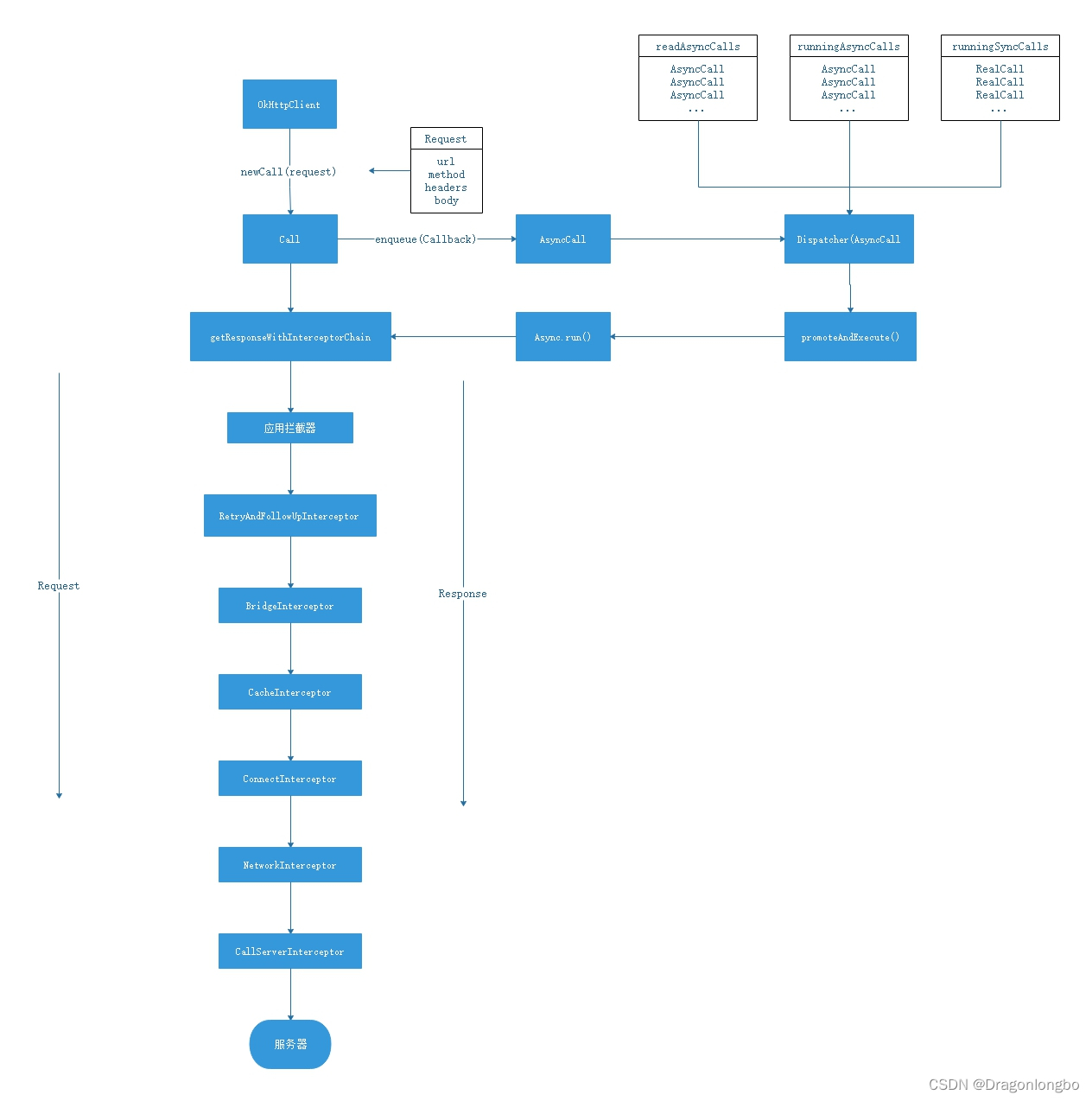
知识点:
建造者模式:不论是OkHttpClient、Request还是Response,都是用了建造者模式,因为这几个类中都有很多参数,需要供用户选择需要的参数来构建其想要的实例。
工厂方法模式:帮助生成复杂对象,比如OkHttpClient.newCall(request Request)来创建call对象
责任链模式:这里将拦截器构建成拦截器责任链,然后按顺序从上往下执行,得到response后,从下往上传。
线程安全
使用原子类,重入锁等实现线程安全
数据结构
采用队列实现,更符合整体网络请求的要求,比如先到先得。

